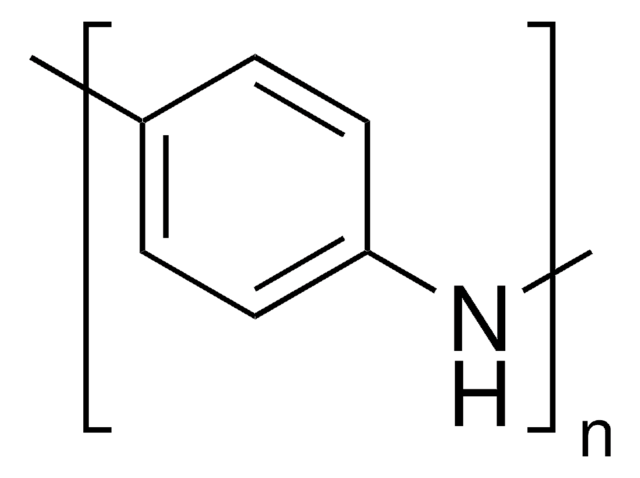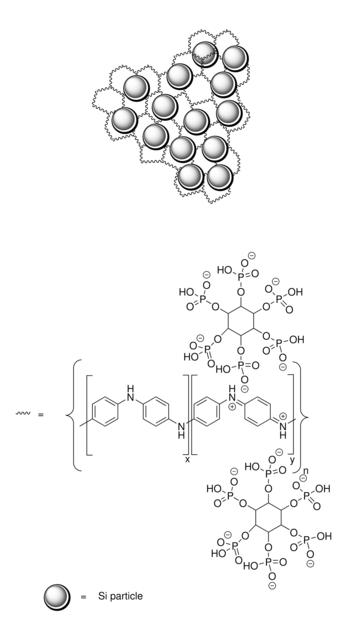912891
High surface area conducting polyaniline
Sinonimo/i:
3D cross-linked polyaniline, emeraldine salt, doped by phytic acid, Conducting polymer, PAni, Polyaniline hydrogels, Self-healing polyaniline, Supercapacitor polyaniline
About This Item
Prodotti consigliati
Descrizione
Electrochemical activity: see picture
Livello qualitativo
Forma fisica
solid
Solubilità
water: insoluble (swell into hydrogel)
Categorie correlate
Applicazioni
Codice della classe di stoccaggio
11 - Combustible Solids
Classe di pericolosità dell'acqua (WGK)
WGK 3
Punto d’infiammabilità (°F)
Not applicable
Punto d’infiammabilità (°C)
Not applicable
Scegli una delle versioni più recenti:
Certificati d'analisi (COA)
Ci dispiace, ma al momento non ci sono COA disponibili online per questo prodotto.
Se ti serve aiuto, non esitare a contattarci Servizio Clienti
Possiedi già questo prodotto?
I documenti relativi ai prodotti acquistati recentemente sono disponibili nell’Archivio dei documenti.
Articoli
Recent demand for electric and hybrid vehicles, coupled with a reduction in prices, has caused lithium-ion batteries (LIBs) to become an increasingly popular form of rechargeable battery technology.
Il team dei nostri ricercatori vanta grande esperienza in tutte le aree della ricerca quali Life Science, scienza dei materiali, sintesi chimica, cromatografia, discipline analitiche, ecc..
Contatta l'Assistenza Tecnica.



